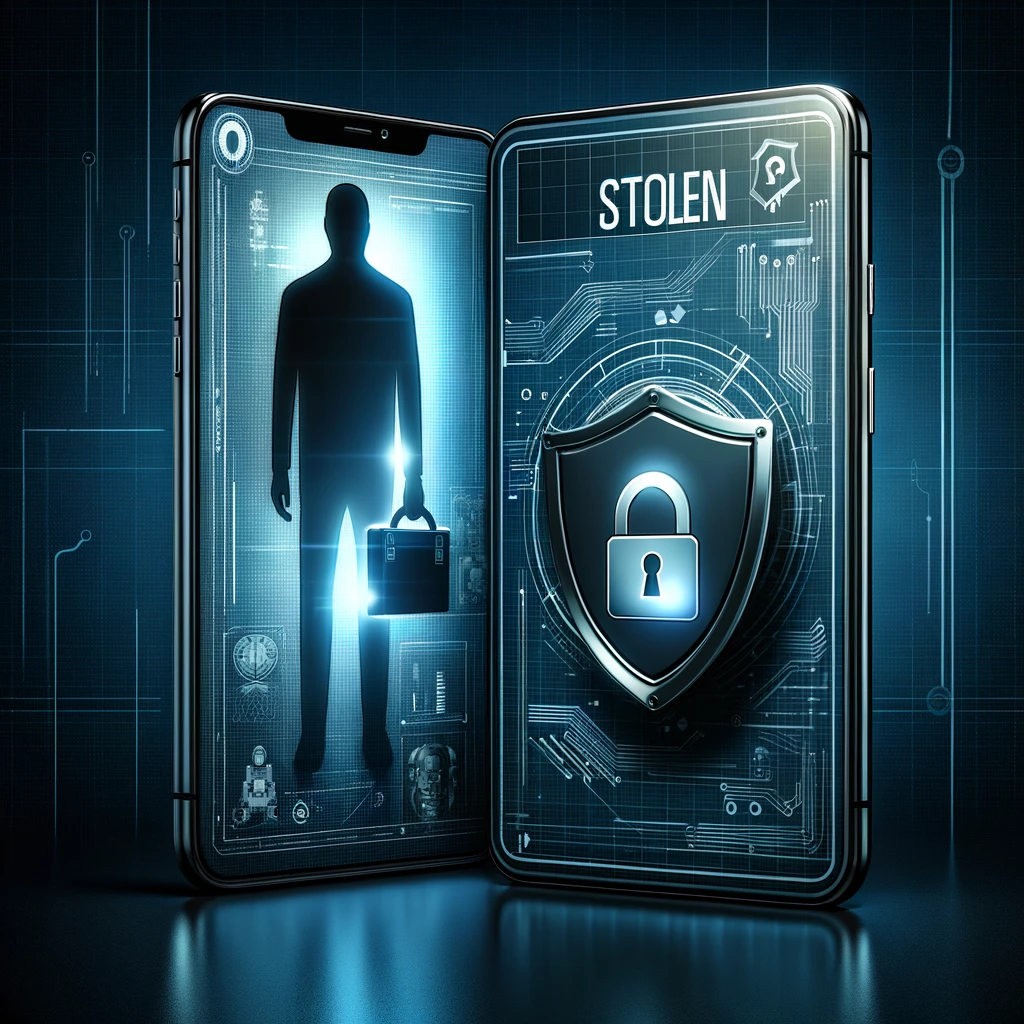Imagine this: You’re waiting for a friend, texting them on your iPhone, unaware that a thief is watching you enter your passcode. Moments later, your phone is stolen. In an instant, your Apple life, including Apple Pay, Keychain passwords, and family photos, is at risk.
To combat this, Apple’s iOS 17.3 introduces “Stolen Device Protection”. Here’s why activating it is crucial:
- Face ID/Touch ID Requirement: Your iPhone will require your Face ID or Touch ID to turn off lost mode or erase the phone.
- Time-Delay Security: Changes to your Apple ID password, iPhone passcode, and key settings now have a one-hour delay.
Settings for Theft Protection:
- Quick Tip to find specific settings: Open Settings, swipe down slightly, and use the search box that appears at the top. You will find all of the settings in bold text by searching in Settings:
- Software Update: iOS 17.3 enables Stolen Device Protection.*
- Backup: Check your backup status by searching for Backup in Settings.
- Use Face ID or Touch ID so potential thieves won’t see you enter your passcode.
- Activate Stolen Device Protection:This is the new setting that spurred me to write this blog for you
- Ensure “Find My” is enabled on Apple devices. Use iCloud.com/find or the Find My app to be sure tracking works.
Other Essential Steps:
- Have alternate login methods for resetting passwords for apps and websites that use multi-factor and two-step logins.
- If you use authentication apps, ensure you configure ways to generate codes or recover keys if you lose or erase your phone.
If Your Phone is Stolen:
- Act Fast: Use iCloud.com/find or the Find My app to enable “lost mode” and track your phone.
- Consider Carrier Notification: They can disable phone calls and cellular data but might limit Find My functionality.
- Device Erasure: If you have backups, and ways to recover keys in authentication apps, use Find My to erase your device to help prevent data access.
- Password Resets: If not erasing your phone, consider resetting passwords for critical accounts if passwords are stored on the phone or if apps login automatically.
As always, threat actors will seek ways to bypass this protection. As of now, this feature is a huge leap forward to protect an iPhone and iPad from thieves who see the passcode. Congratulations, and thank you, Apple!
*If your phone or tablet is too old to update to iOS version 17.3 or newer, see https://fosterinstitute.com/be-prepared-know-the-impact-of-iphone-theft-and-what-to-do-right-now/. for recommendations.
Note: Testing the Stolen Device Protection feature at home may not work, as Apple devices might waive the strict requirements in familiar locations like home or work. You can read all of the details about Apple Stolen Device Protection for iPhone here: https://support.apple.com/en-us/HT212510
Subscribe to maximize your executive potential with Foster Institute’s E-Savvy Newsletter, packed with practical IT security solutions and actionable strategies for success: https://fosterinstitute.com/e-savvy-newsletter/

